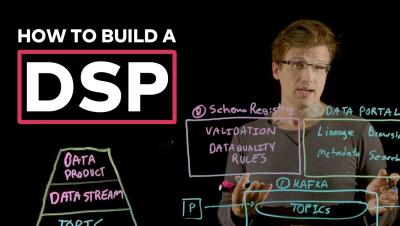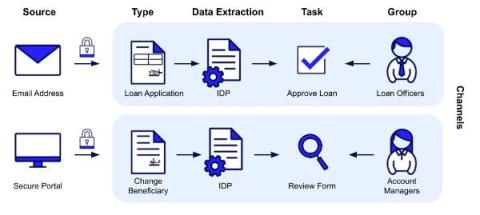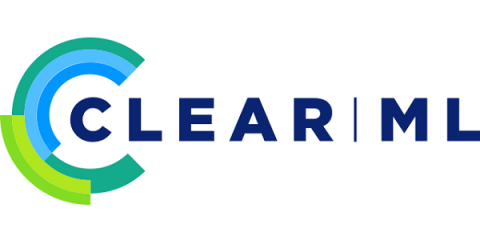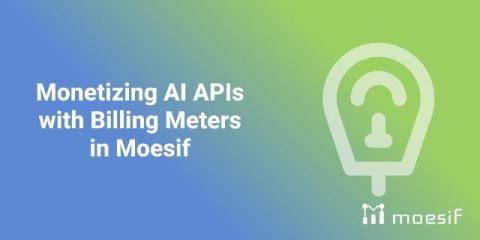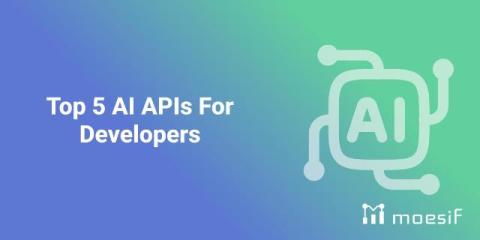Unlock Greater Insights and Productivity using AI in Appian 24.3
In 24.2, we introduced our enterprise copilot. Enterprise copilot allows you to upload business documents and collect them in knowledge sets. From there, you can ask questions about information in these documents and receive answers quickly. For instance, an organization with a heavy regulatory burden could upload legislative and operational documents. Then, these employees could get insights from Appian AI Copilot to ensure they adhere to compliance requirements.



